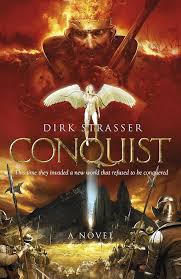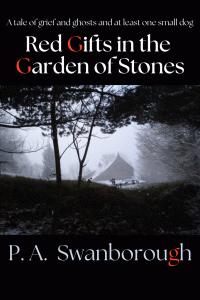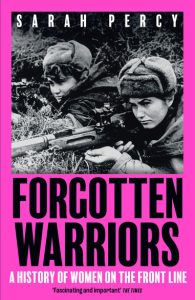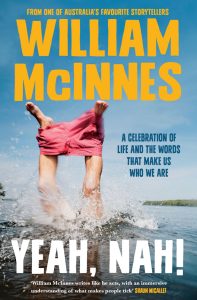Title: Conquist
Author: Dirk Strasser
Publisher: Collective Ink/Roundfire Books, RRP: US$20.95
Dirk Strasser is well known in Australian speculative fiction circles, being one of the team who founded Aurealis magazine and the marquis awards of the same name (turning 30 next year!). Strasser is also a well-regarded writer, perhaps best known for the Books of Ascension, whose latest book is the historical fantasy Conquist.
The story conjures the colonial mindset of the ‘lost world’ tradition exemplified by H. Rider Haggard’s works, with the fabulist elements of the portal fantasy interrupting the historical setting. Interestingly it was first published in instalments in Aurealis magazine, the compilation going on to be a finalist in the Aurealis awards for best fantasy novel (won by Garth Nix’s Left-handed Booksellers of London – reviewed here) (note: the awards are run independently of the magazine). This review refers to the title being published this year.
Conquist is anchored in the Spanish invasion of South America, with the protagonist, Cristobal, leading a small force into Peru in search of gold and glory, the achievements of other Spanish conquerors goading him onwards. He is accompanied by Rodrigo, a childhood friend likewise in thrall to the allure of wealth to put paid to their life of poverty, and the freed slave Hector.
Cristobal faces more challenges than the overthrow of the Incans and sacking of the fabled city of Vilcabamba: he has a rival for command in the shape of Roberto, and a driven priest, Padre Nunez, looking to spread Christianity to complete the colonial triumvirate of god, gold and glory. Then there is the dubious assistance of Incan rulers Huarcay and Sarpay, the brother and sister looking to use the invaders to further their own ambitions.
As Cristobal’s force is lured through a one-way portal into a brutal landscape peopled by two warring races who have their own politics and beliefs to be encountered and navigated – bloodily, naturally. I don’t want to lift the lid on these factions, as the unveiling of their cultures and joint history is one of the delights of the book, but suffice to say their stereotypical appearances belie a deeper conflict and less than biblical accounting of good and evil.
The story is told in the third person, mostly with Cristobal as the viewpoint character but others also filling in backstory and plotting, and interposed with first-person jottings from Cristobal’s journal, which lives on in a museum.
In the main, Cristobal’s journal articles are introspective, not plot devices, mirroring his actions and exposing inner doubts and ambitions; he admits from the outset that colonialism – or at least the greed that drove it – is a disease by which he is as much infected as his men. The conceit of the found documents falls a little short due to the use of other points of view in the narrative that, at best, could only have been reported by witnesses to Cristobal, but this is not apparent from the writings. We are left to wonder how much of the narrative we have read could have been known to Cristobal and was recorded in the found document.
Cristobal is a flawed character, doubts about his colonial greed rarely surfacing, his sense of loyalty to the soldiers he commands admirable if perhaps propped up as much by ego as duty. How he came to command, the childhood that forged his desire, are allusions, their absence undercutting empathy for him. While the hero is able to come to terms with his own shortcomings, the realisation comes at cost to those around him. There is a peace brokered at story’s end, but it comes with a terrible price, with inhabitants forced to yield part of their culture in a forced co-existence.
Strasser is no slouch, and Conquist is bound to find an appreciative audience.
- Conquist is to be released on 30 August 2024.
Reviewed by: Jason Nahrung
Ballarat Writers Inc Book Review Group
Review copy supplied by the author.
- Jason Nahrung is a Ballarat-based writer and freelance editor. His most recent book is the vampire novella Cruel Nights. www.jasonnahrung.com







